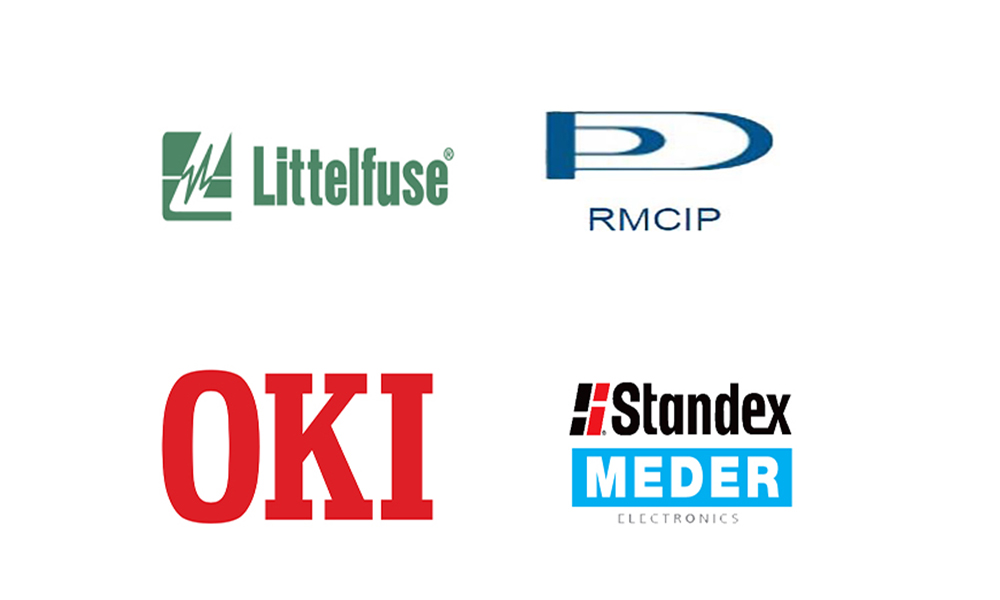 0755-8253 2401
0755-8253 2401 What is the definition of a reed switch?
In 1936, Walter B. Ewood of Bell Telephone Laboratories invented the magnetic reed switch, which he patented in the United States on June 27, 1940, under patent number 2,264,746. The basic design consists of two overlapping magnetic reeds sealed within a glass tube, separated by a small gap. An external magnetic field causes the two reeds to contact, creating a conductive connection. Once the magnet is pulled away from the switch, the magnetic reed returns to its original position.
Construction: A reed switch consists of two magnetic plates (usually composed of iron and nickel) sealed within a glass tube. The two plates overlap, separated by a small gap. A moderate external magnetic field brings the plates into contact. The contacts on the plates are plated with a very hard metal, usually rhodium or ruthenium, which significantly increases the switching life. The glass tube is typically filled with nitrogen or a similar inert gas. Some reed switches even create a vacuum to improve switching voltage performance.
Principle: The working principle of a magnetic reed switch is very simple. Two magnetized reed plates (usually composed of iron and nickel) overlap at their ends and are sealed in a glass tube. The two reed plates are interlaced and separated by a small gap (only a few microns). The active points of these reed plates are coated with a very hard metal, usually rhodium or ruthenium. This hard metal coating greatly increases the switching frequency and product life. The glass tube is filled with a high-purity inert gas (such as nitrogen). Some reed switches even create a vacuum inside to enhance high-voltage performance. The reed plates act as a magnetic flux conductor. Before operation, the two reeds are not in contact. When a magnetic field is generated by a permanent magnet or electromagnetic coil, the applied field causes the two reeds to have different polarities near their endpoints. When the magnetic force exceeds the reeds' inherent elasticity, the reeds close together, completing the circuit. When the magnetic field weakens or disappears, the reeds release their inherent elasticity, causing the contacts to separate, opening the circuit. The basic structure and components of a fully sealed For A (normally open) reed switch: The switchable reed contacts the normally closed (NC) reed in the absence of a magnetic field. When a sufficiently strong magnetic field is generated, the reed moves toward the normally open (NO) reed, while both the NO and NC reeds remain stationary. Both the fixed and swingable reeds are ferromagnetic, while the contact surface of the normally closed reed is welded to the reed with non-magnetic metal. When placed in a magnetic field, the fixed pieces on both sides of the normally open and normally closed have the same polarity, and the opposite polarity to the swinging reed. The non-magnetic metal at the normally closed end will isolate the magnetic flux. Therefore, when the magnetic force between the normally open end and the swinging reed is large enough, the swinging reed will contact the normally open piece and close.




